Duration: 2021-2025
Funding: FORMALUB project
ABOUT THE PROJECT
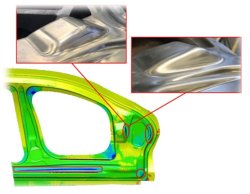
Sheet metal forming is one of the most prominent manufacturing process in many different industries. Friction in sheet metal forming is one of the key parameters which directly affect the forming process and the final product. Nowadays, finite element (FE) analysis is a standard tool to study the formability of sheet metals in forming processes. However, in most FE analyses friction is modeled as a constant coefficient of friction. This reduces the accuracy of the FE simulations, as friction is a local phenomenon that depends on contact conditions. Only by accurately predicting the coefficient of friction, the FE analysis leads to accurate and reliable results, and thereafter results zero-defect production. Therefore, the process simulation needs a model that can consider the evolving contact condition during the forming process. The contact condition in turn is a function of the topography of the contacting surfaces, contact loads, material and lubricant behavior and temperature.
For this purpose, a multi-scale friction model is developed that accounts for the significant variables that can influence the coefficient of friction.

During forming different lubrication regimes can occur depending on the local contact conditions, material properties, lubricant amount and surface topographies of the tool and sheet material. These are namely boundary lubrication, mixed lubrication and hydrodynamic lubrication regime.
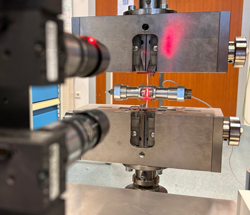
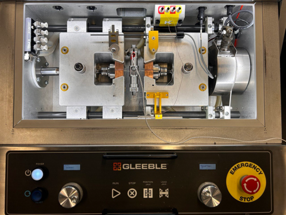
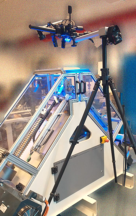
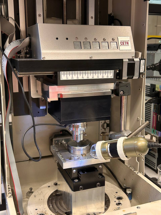
Boundary lubrication regime happens when the amount of lubricant is not enough to fill the valleys and contact load between the sheet surface and tool is completely carried by direct asperities contact. Friction in boundary lubrication regime is the result of shearing of the boundary layer and ploughing of the sheet surface by the tool asperities. Different models will be developed to account for flattening and ploughing of asperities in contact between two rough surfaces.
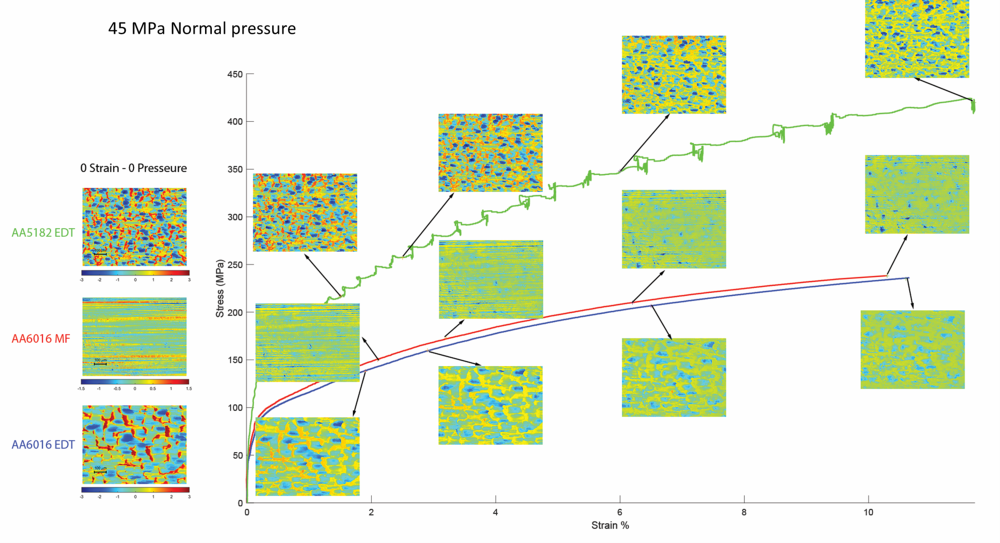
In the mixed lubrication regime, contact loads will be shared by direct asperity contacts and the lubricant as well. In mixed lubrication regime, viscous shear stresses developed in the lubricant also affect the overall friction force. Hydrodynamic pressure distribution should be determined in order to calculate viscous shear stresses, considering the surface texture effect.
Goals
To characterize tribological behavior of aluminum (grades: AL60UT EDT, AL60UT MF, 5182 EDT) at micro, meso and macro-scales.
To develop and validate friction models of aluminum sheet surface in a deep drawing process, leading to a friction model that can be used for process simulations.
PARTNERS


![]()






